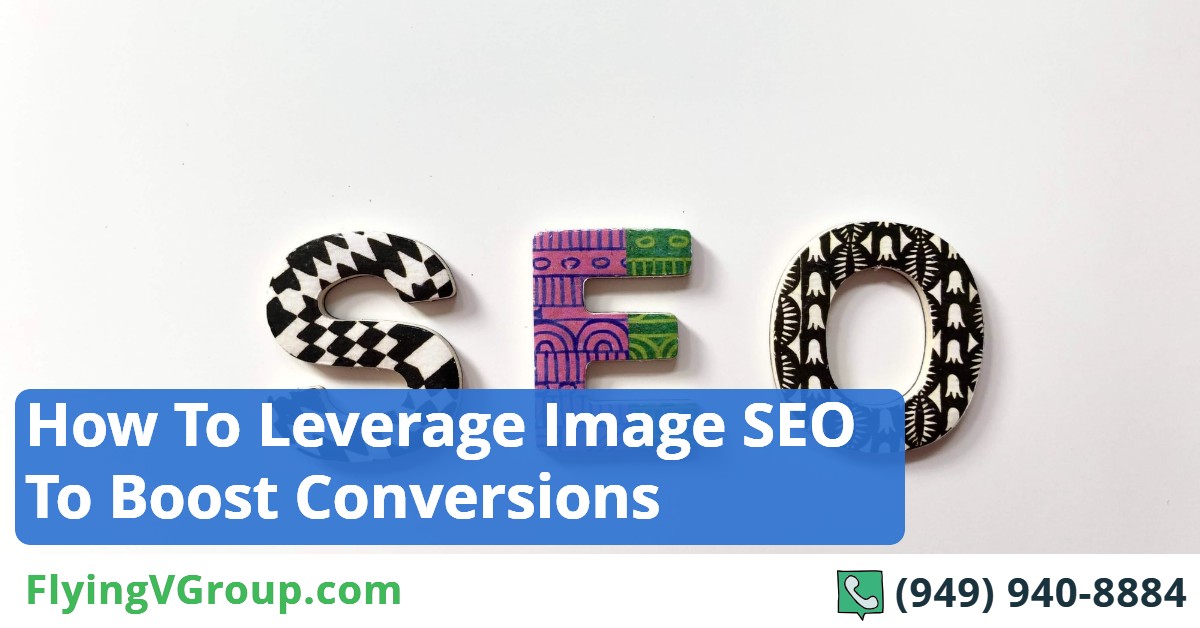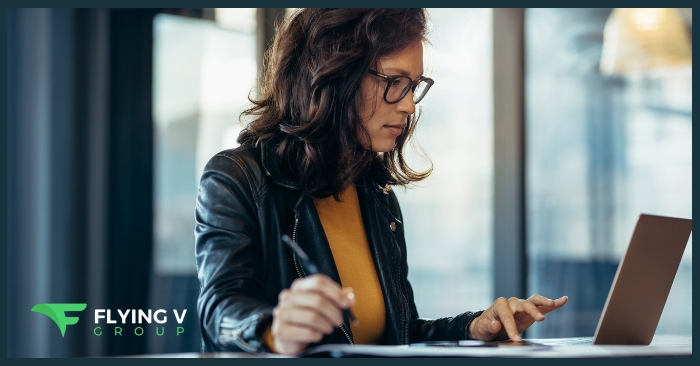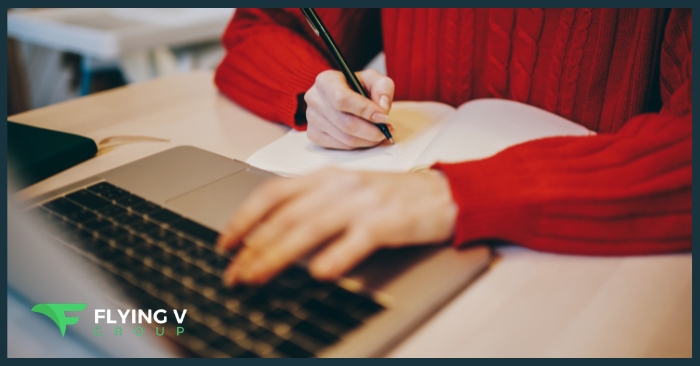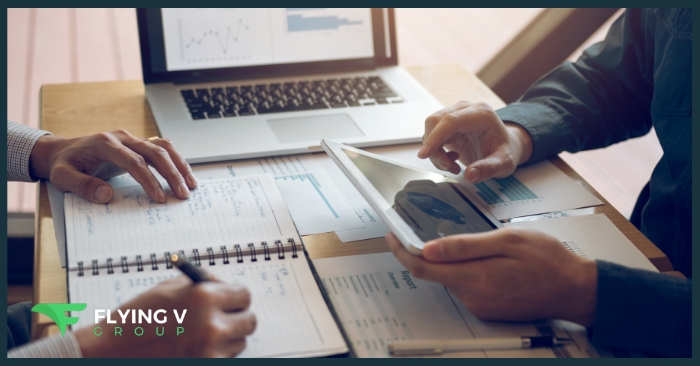Whenever you opened a website for the first time, how often did you form an opinion of the brand based on the images presented on the landing page?
Often, wasn’t your first impression influenced by the choice, clarity, and relevancy of those first images? And, if the pictures were slow to load, what other thoughts ran through your mind? Didn’t this first visual impression speak volumes about the brand associated with the site?
It is for these reasons that organizations hire UX designers, SEO optimizers, and QA engineers to help choose the right images and optimize them to help drive sales through the website. Moreover, brands are finding it increasingly imperative to choose advanced Industrial 4.0-ready image building tools, image optimization tools, automated testing tools, etc. This article provides information on several such perspectives, enabling you to conclude how the choice of images can indeed build the brand –and help you make better choices.
- Strike the Right Balance – Optimize for SEO, CRO. But Also Test for User-Friendliness.
- AI-Enabled Chatbots
- Image Choice: Convert Image Clicks and Add Business Revenue
- Why Choose Relevant Images?
- The Importance of Relevant Alt-Text – Helping Google Find Your Image
- Accessibility and Alt-Text: Helping The Visually Impaired
- Make Sure To Use High Quality Images
- Compatibility: Same Image, Different Devices
- What About Optimizing Images For Speed?
- Choose Your Image File Type Wisely!
- Image File Name – Does it have an Impact on SEO?
- The Similar Image Suggestions Feature In eCommerce Web Portal Stores, and Why It Makes a Difference
- Conclusion
Strike the Right Balance – Optimize for SEO, CRO. But Also Test for User-Friendliness.
A well SEO-optimized image ranks high in the Google Images portal. From the perspectives of SEO and CRO, companies should not only focus on this aspect. They should also emphasize that the websites are optimized to make your site more user-friendly to the customers.
AI-Enabled Chatbots
In recent years, conversational marketing has taken digital marketing by storm. In today’s world, every business wants to involve customers by interacting with them to keep them engaged and to learn about their day-to-day needs. AI-powered chatbots give brands a new and unique voice to connect with their users and bring them closer together. Several brands like Amazon, Sephora, Spotify, and many more have enhanced their customer interaction by using chatbots.
An AI-powered chatbot can be self-programed to learn customers’ problems. It can comprehend what the customer is searching for and what data they’ll require for them to find answers to their queries/problems.
Some of these user-friendliness aspects include –
- Are the images clear, not blurry?
- Do the images load quickly?
- Is the interface user-friendly for the visually challenged?
- Does the image display consistently correctly across devices/platforms?
- Are they relevant images to the product associated with them?
- Are similar images grouped correctly?
Images can be tested for their quality, and user-friendliness aspects using test automation tools. Some of the commonly used tests are –
- image comparison tests,
- image title tag/Alt-Image text verification tests.
- Cross-platform display image verifications
There are several AI-enabled, web test automation tools that can help in this regard—for example, TestProject, Parasoft, etc. They not only provide image verification capabilities but also have self-healing AI capabilities that aid in easy maintenance of the test scripts in case there are changes in the website.
Image Choice: Convert Image Clicks and Add Business Revenue
If you run an e-commerce portal, you’ll want images on your website that compel customers to click. This action is vital because helps add revenue to the business, through new purchases that result from each interested click.
In case you had listed the product image in a Facebook Advertisement page, you would plan to compel a new customer to sign up for your website and subsequently perform purchases! More new customers = more business!
It is for this reason that online-based businesses have started investing in a robust SEO marketing strategy for their organization to help optimize their website. Image optimization is a vital aspect of website optimization overall.
Why Choose Relevant Images?
While usability is important; relevancy is even more, well, relevant! Irrelevant images could cause increased intent, cart abandonment, or worse. If a page with pictures of fruits, vegetables, and snacks shows up in your e-Commerce web portal, this could confuse and put off customers: they’re expecting to see clothing, not food!
What if you choose to use non-original content such as Stock Photos? Does it affect SEO rankings? Well, as per John Mueller, a search advocate for Google, “It doesn’t matter for web-search directly. For image search, if it’s the same image as used in many places, it’ll be harder.”
With this, we can conclude that there is no direct association between the usage of non-original image content on SEO rankings. If a stock photo makes sense, go for it!
The Importance of Relevant Alt-Text – Helping Google Find Your Image
Alt-text, also called alt-attribute, alt-descriptions, or alt-tags, stands for alternative text. Are you aware that it is linked with the images that help Google to find pictures on the website? This text helps invite more website traffic through Google. When developing your website, keep this in mind as you ensure your choice of relevant text is associated with the Alt-image text. When it comes to Image-SEO elements like file size, load time, type, etc, alt text optimization is also vital. If SEO is your focus, you need to make sure all alt-text is associated with and relevant to images on your web pages.
How can you determine if an image has alt-text? It’s easy – just right-click on the web page, and choose “Inspect“. Alt-tags can be viewed using the developer tools inspection pane as follows:
<img class=”img-responsive” src=”https://www.sitenamehere.com/sites/default/files/theimage.jpg” width=”1024″ height=”520″ alt=”The alt image text appears here” title=”Titletexthere”>
If there’s any alt-tag text associated with that image, it will be mentioned in the alt=” ” variables value as in the example above.
Accessibility and Alt-Text: Helping The Visually Impaired
Alt-text doesn’t just help Google find your image. It’s also a key accessibility feature: visually-impaired users rely on alt-text to understand the purpose of a web image they might not be able to see. Screen readers like JAWS scan web pages and read out alt-text for images. Without relevant alt text, visually impaired users will have trouble navigating your site, especially if it’s image-dense.
Make Sure To Use High Quality Images
Low quality of images on a website can be a major put-off for customers. But it’s not just about customer impressions: Google considers page content quality when the images are ranked. You wouldn’t want visitors to your site looking at images on your landing page that are blurry, unclear, and confusing: users expect a better online experience and will likely leave your site to find that elsewhere.
With these points in mind, it’s easy to understand why high-quality images are important. Hiring quality UX designers is one way to ensure all images on your website are high quality in terms of the choice of color, clarity, pixel count, and more.
Providing high-quality zoom-in, resizing features, and relevant image captions are helpful. Also, automated tests can be performed to check if the image is inviting high click rates. If it isn’t, an alternate image can be chosen.
Compatibility: Same Image, Different Devices
Websites are accessed from all over the world and by a variety of devices – from desktops, mobiles, tablets, etc. Also, each of these devices is associated with different operating systems, screen sizes, resolutions, etc. Therefore, your images must be designed such that they are device-friendly as well.
Apart from design, it’s also essential to test the images for these aspects. For example, mobile test automation tools can be used by QA engineers. Test automation tools help verify that images on each web page are displayed correctly when accessed through mobile phones.
What About Optimizing Images For Speed?
A high-performance website is also essential. Users prefer web pages that load quickly, and high-resolution images can cause a page to load slowly. Hence, ensure that the latest optimization techniques are applied to your pictures. You need to strike a balance here between compression (for page load time) and image quality. Image compression solutions can help compress and optimize the images on your website.
A WordPress plugin that supports compression is a great option to get started with compression. How do you measure the impact of your optimization efforts? Web automation and performance tools can be used in this regard to check your website for key performance criteria.
Apart from this, companies could also use external service providers such as CDNs.Content delivery networks help cache elements of the page such as the images, videos, etc to speed up the loading of the web page. After all, speed is also a ranking factor in the SERP view.
Choose Your Image File Type Wisely!
What about the file formats associated with the digital images? Do they make a difference? Well, when choosing between GIFs, JPEGs, PNGs, etc., types of image file formats, it’s important to choose right.
PNGs, for example, are particularly useful if you require a high-resolution image but are larger in terms of storage space compared to JPEG files. Keep in mind that image file size also affects the SEO results. Compared to PNG files, JPEGs are often more SEO-friendly as they are lighter in the file size perspective, though image quality might suffer. Do you want to share simple animations? GIFs might serve you better than embedding a video.
These aren’t hard rules, though: for instance, you can apply lossless compression to PNGs to reduce their file size, enhancing SEO-friendliness, without affecting quality. And large, high-resolution JPEGs can just as easily slow down your site. Understand what you’re working with, then pick the right file type for the right job.
Image File Name – Does it have an Impact on SEO?
Here is a surprise – The answer is yes! To understand an image, while crawling the web page, Google looks for the image file name, and URL as well. It uses this to understand the importance and subject of the image so that it can make its analysis for the SEO results.
Here are some quick recommendations:
- Choose a relevant file name for each image.
- Organize and construct the file paths associated with image files logically.
The Similar Image Suggestions Feature In eCommerce Web Portal Stores, and Why It Makes a Difference
Have you noticed the ‘similar images’ features on many websites? This is a fantastic recommended feature to use in your eCommerce web portal – powered by AI. It helps recommend similar looking pictures if you wish to browse, as per the source image.
For example, if you’ve selected a particular dress with your specifications and taste, with this feature, you can opt to see images of similar dresses using this AI solution. It helps in making your experience of choosing the dress more comprehensive and value-aded.
If your website uses this feature, ensure that it’s tested like any other important visual-based, developed widgets on the website. You’ll want to check if the grouping and classification of images as required functions correctly or not. Advanced web test automation tools with AI, ML come to the rescue here.
Conclusion
It’s clear now that optimized Image-SEO is very important to drive more customers to your website, as well as retaining your existing user base. The choice of the images on your website should resonate with the audience – in both visual and user-friendliness aspects.
Understanding and implementing SEO best practices should not be neglected. An excellent overall user experience is vital to drive sales to the business. Here’s the rule of thumb: images improve conversion rates. Great, relevant images do even more.
Apart from adding optimized images to your website, it’s also essential to test them. Using AI technologies in this field will help both your business and your customer service. Exploring these Industrial 4.0 techniques will help drive the organization’s success in many ways.
Thank you so much for reading How to Leverage Image SEO to Boost Conversions. We really appreciate it! If you have any questions about our article, or can suggest any other topics you think we should explore, feel free to let us know.
Be sure to sign-up for our newsletter to receive monthly emails on all of the latest trends and happenings in the digital marketing space. You will also receive our FREE E-Book with the Amazing Marketing Tools for Powerful Business Growth. Sign-up below!
Also, if you received some value out of this article, please share with your friends or colleagues, or leave a comment/question below. We really appreciate you reading our blog and every share/comment means the world to us and allows us to continue producing valuable tools to help you grow your business!






0 Comments